
3-8 #WomenDay : Honor has launched its C1 network chipset; Xiaomi has unveiled a solid-state battery technology; Foxconn allegedly plans to invest about USD700M on a new plant in India; etc.

Honor has launched its C1 network chipset with Honor Magic 5 smartphones in China and compared its 5G capabilities with Huawei and Apple. Honor C1 is a radio frequency chipset, which promises to provide the best connectivity in low network availability areas. Honor says its self-developed radio frequency enhancement chip can increase the antenna transmission intake by 17%. While the antenna reception increased by 35%, the Wi-Fi rate by 200%, and the Wi-Fi latency is reduced by up to 90%. (GizChina, Huawei Central, IT Home, Sina, OfWeek)
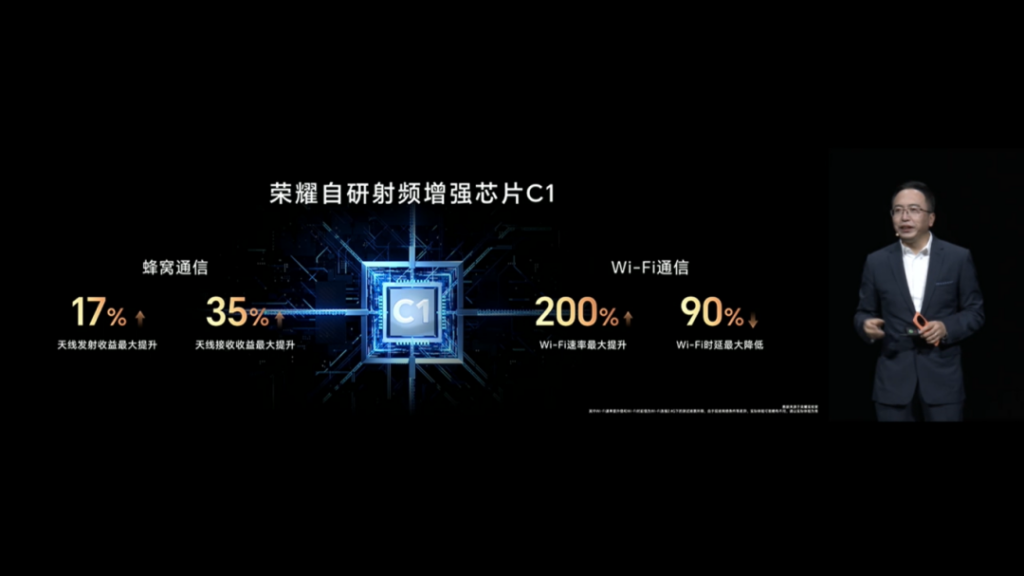
Unisoc, a Shanghai-based fabless chip firm that is expanding its market share in low-end smartphone chips, is one example of how Chinese semiconductor companies can survive and perhaps even thrive under US trade sanctions. China had 3,243 chip design firms by the end of 2022, an increase of 15 per cent from a year ago, and their combined sales were up 16 per cent in 2022, according to China’s chip design industry association. Unisoc is a leading designer of communication chips. According to Counterpoint Research, Unisoc’s share of the global smartphone chip market was 10% in 3Q22, behind Taiwan’s Mediatek, US giants Qualcomm and Apple but ahead of Samsung Electronics. According to company information, Unisoc’s business covers more than 133 countries, and 80% of its products are sold to overseas markets. Privately-owned Unisoc is conducting a new CNY10B (USD1.45B) fundraising round. (Gizmo China, SCMP)
Qualcomm, Thales and Vodafone demoed the integrated SIM (iSIM) standard in 2022. Qualcomm and Thales have announced the first commercially deployable iSIM on a modified version of the Snapdragon 8 Gen 2 chipset. The iSIM-equipped Snapdragon 8 Gen 2 received a GSMA security certification which ensures the same level of cyber protection as eSIM modules. iSIM integrates the SIM technology in the chipset in a space less than 1mm2. That is over 100x smaller than the size of a traditional nanoSIM card (12.3 x 8.8mm). According to Kaleido Intelligence, global iSIM shipments are expected to reach 300M units by 2027. While the Snapdragon 8 Gen 2 SoC provides integrated support for iSIM, phone manufacturers are mostly still using discrete eSIM chips in their designs. (CN Beta, Techspot, GSM Arena, Qualcomm)
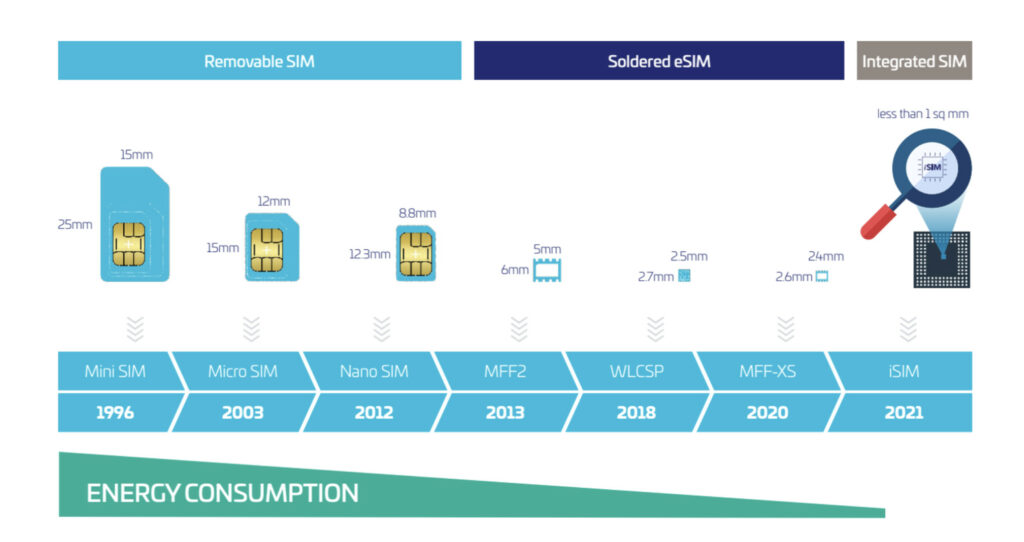
Fujitsu has announced the CPU plan for the next-generation DC data center, which is still based on the ARM instruction set, code-named MONAKA, and is expected to launch in 2027. The specific specifications of this CPU have not been disclosed, such as CPU core, process technology, etc., but Fujitsu said that the focus of the MONAKA processor is to provide higher performance with lower energy consumption. Compared with competing CPUs in the same period of time, it will There are overwhelming energy efficiency advantages. According to Fujitsu, the MONAKA processor can not only improve the performance of traditional HPC computing, but also provide higher performance for AI and data analysis. It is expected that the application performance will be 1.7 times ahead, and the performance per watt will be increased by 2 times. (The Register, InsideHPC, CN Beta)
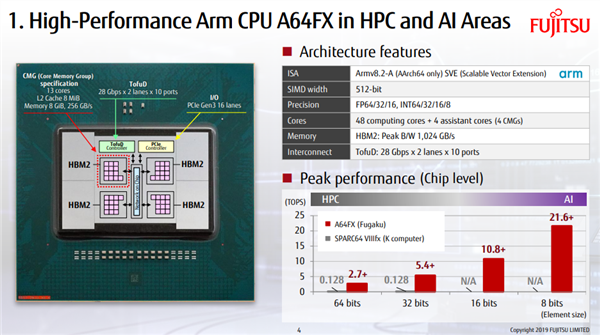
Huawei has reportedly abandoned a plan to invest GBP1B in Cambridge in the UK to build a optical chip research and development center and factories, and this is also a reasonable choice after Huawei 5G was blocked in the UK. As early as 2017, Huawei plans to put its investment in the light chip development center and factories with a scale of pounds of billions of pounds in the UK. Around the end of 2018, Huawei spent GBP37.5M to buy this piece of Sawston located in the south of Cambridge in Cambridge in the south of Cambridge in the United States, covering an area of 550 acres (about 223 hectares, 2.23 million square meters). As part of the transaction, NWBIO will rent a area of about 8,700 square meters from Huawei, with a rental period of 20 years.(CN Beta, Telegraph, China Times, Mobile World Live)

Yoshida Kenichiro, chairman of Sony, has recently visited Samsung Electronics in strict secrecy in return for a visit to Japan by Samsung Electronics President Kyung Kye-hyun (head of the DS Division) in 2022. Samsung Electronics, which has expressed its will to actively target the automotive memory semiconductor market, has begun to have a discussion about cooperating with Sony, which has been aggressive in the mobility business. Samsung Electronics supplies memory semiconductors to Sony, and Samsung Display supplies TV panels to Sony too. Moreover, the Korean tech giant is seeking to seize opportunities related to memory semiconductors for vehicles by paying much attention to the fact that Sony is recently working on self-driving vehicles. (CN Beta, Business Korea)

According to a Financial Times report citing Canalys, the foldable smartphones market recorded 14.2M shipments worldwide in 2022, of which Samsung alone shipped more than 11M units. Chinese brand Huawei came second by shipping just under 2M foldables, followed by OPPO, vivo, Xiaomi, Honor, and Motorola, which shipped only 40,000 foldable smartphones. Canalys estimates the shipments of foldables in 2023 will double and reach 30M units. (GSM Arena, Financial Times, Android Headlines)
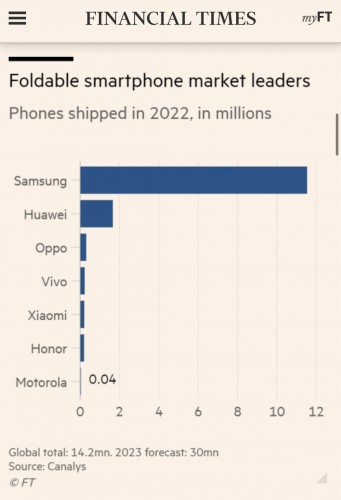
According to the Display Supply Chain Consultants (DSCC), the foldable smartphone market recorded its first YoY decline in 4Q22. In terms of numbers, the shipment of foldable smartphones dropped 48% in 4Q22 compared to 3Q22 and 26% compared to 4Q21. About 3.1M foldable smartphones were shipped in 4Q22. Although 4Q22 saw a decline in shipments, the overall 2022 shipments number rose 62% to 12.9M units. Samsung remained the king in the foldable smartphone market with a market share of 83%. This number is down when compared to 3Q22’s 86% and 4Q21’s 96%. (Phone Arena, DSCC, SamMobile)
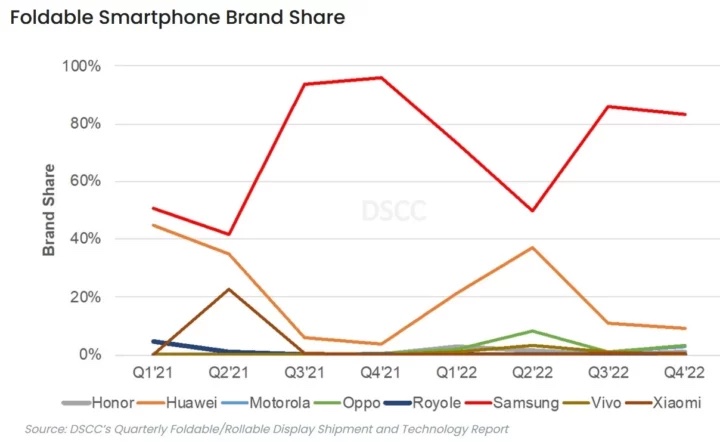
TCL CSOT has announced it has developed an ultra-thin and light tablet display, which has been optimized and upgraded on OLED display technology and offers high image quality. The color gamut coverage is on par with that of professional cinema screens, providing a full spectrum of colors at 100% DCI-P3 coverage. This technology can still support the screen refresh rate of 60/120Hz at 4K resolution. It can quickly detect the dynamic switching of low frequencies, ensuring a smooth experience while reducing power consumption. In addition, TCL CSOT has used an extremely narrow bezel technology on the display, which can achieve a screen-to-body ratio of up to 96%, bringing a wider field of vision.(Gizmo China, IT Home)
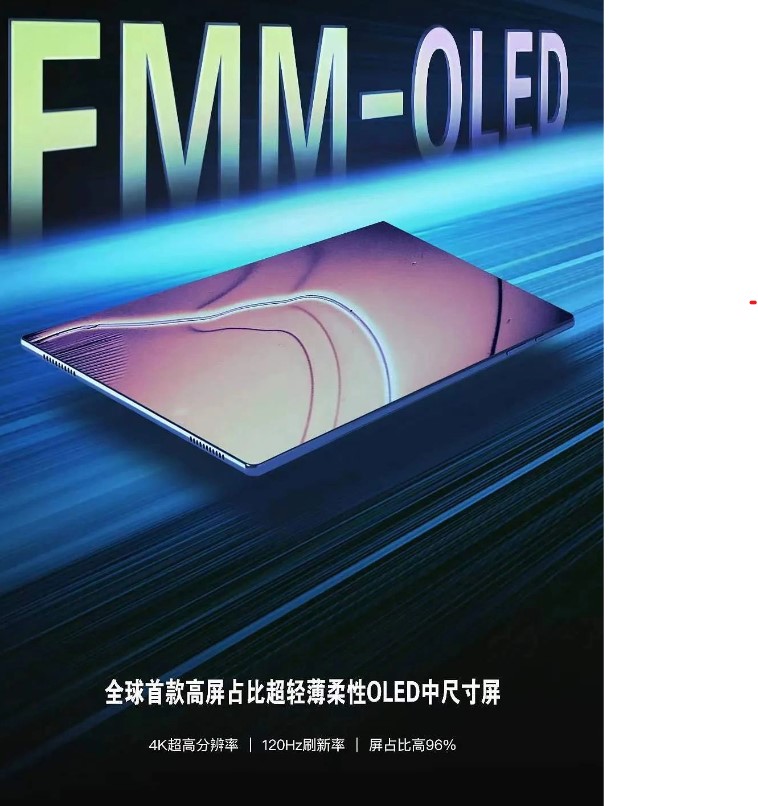
Apple will allegedly turn to BOE to supply the OLED panels for iPhone SE 4 in 2024. BOE was reportedly dropped from the supply for the iPhone 15 and the OLED iPad due to reported quality concerns on Apple’s side. Samsung Display and LG Display will supply those displays. It will use a 6.1” LTPS (low-temperature polycrystalline silicon) TFT (thin film transistor) display, which is easier to produce than the LTPO (low-temperature polycrystalline oxide) panels on the Pro models. The part is rumored to cost around USD40. (GSM Arena, The Elec)
Max Planck Institute for Medical Research and Heidelberg University explore the concept of “touchless 3D printing” and how it could be used, in particular, to print living tissue. There is great potential to use this technology for the “assembly of biological cells” because “ultrasound is gentle and non-toxic to cells and the remote assembly without contact helps keep things sterile and the cells happy. The process uses acoustic pressure to mold silica gel microspheres and other materials into complex 3D shapes. The digitization of an entire 3D object into ultrasound hologram fields is computationally very demanding and required us to come up with a new computation routine. (Engadget, Fast Company, Science)
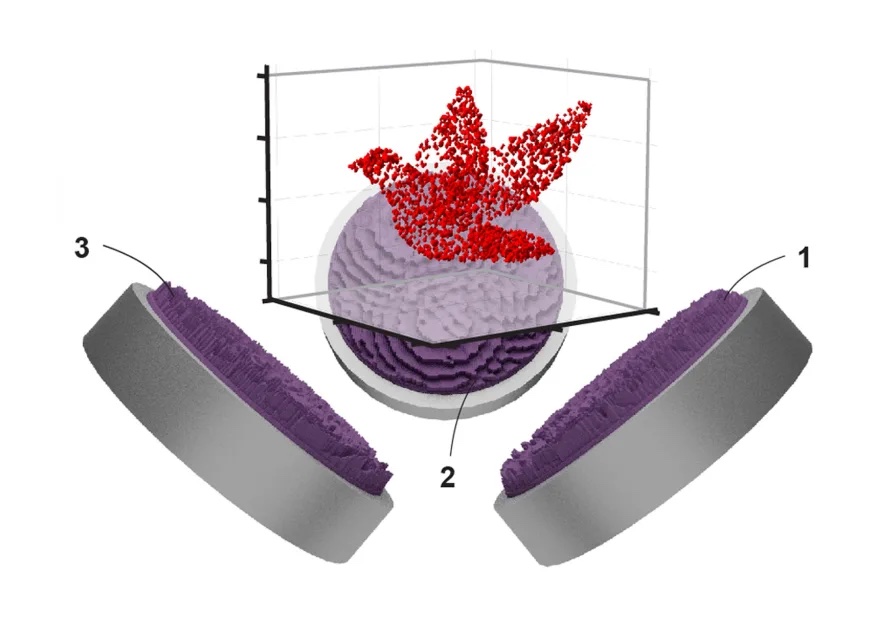

Registering clock driver chip developer One Semiconductor will begin production of RCD for server DDR5 DRAM during 2H23. Company CEO Kim Chang-hyun said that One Semiconductor was already manufacturing DDR4 RCD as of 2022 after passing all required quality tests. It was in the middle of getting its DDR5 RCD tested by customers, Kim said. The chip was being tested by Intel, Samsung, and SK Hynix. RCD is placed between the DRAM and the CPU. It redistributes orders from the CPU, which is important for server DRAM modules that house multiple DRAM chips. (The Elec, Yole Group)
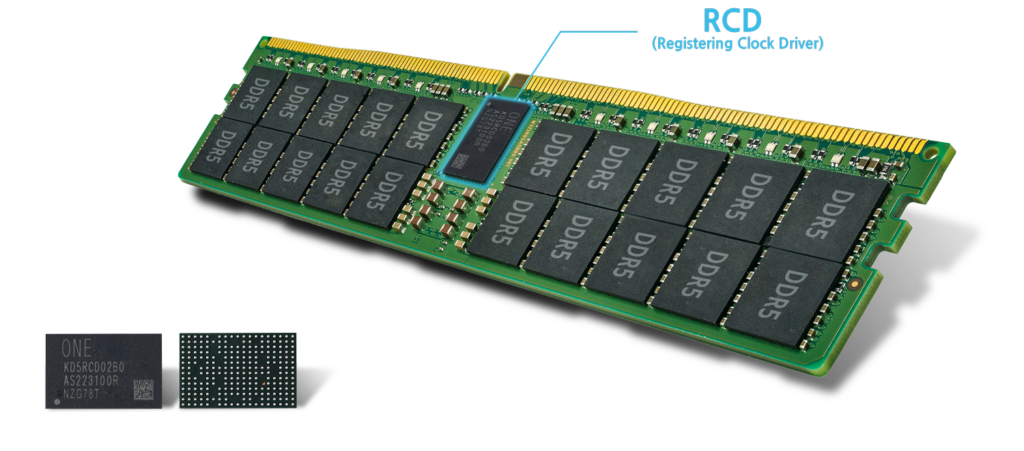
SK Hynix has recently entered Intel’s compatibility verification process for DDR5 memory for server-side use with their upcoming DRAM standard. SK Hynix will be waiting for complete compatibility verification from Intel on the company’s new 10nm class fifth-generation server DRAM. SK Hynix’s next step in their business plan is to launch a 1β nano DRAM that will see production in the future. The new DRAM increases efficiency by 40% compared to the company’s competition with a higher cost. SK Hynix has entered the partner verification process of its 5th gen 1β DRAM, to make sure its latest 1x nm DRAM is compatible with major applications. In SK Hynix’s case this should roughly translate to a 12nm process node.(CN Beta, WCCFTech, Techpowerup, Chosun)
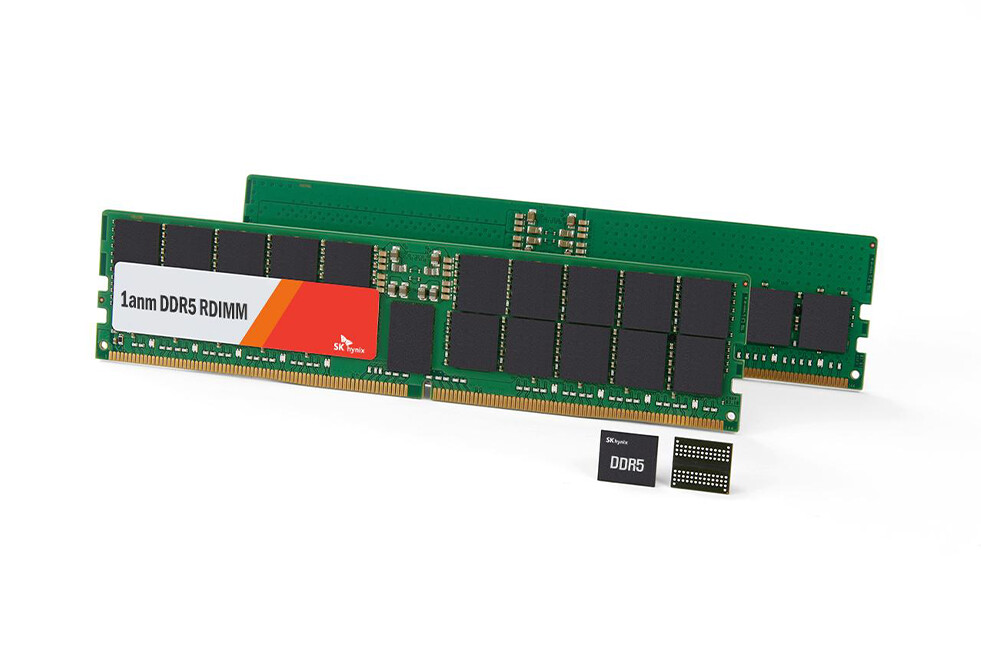
Pure Storage, manufacturer of all-flash array (AFA) solid-state drives that base the technology of DirectFlash modules (DFM) has announced that the company is planning to launch the company’s first 300 TB NVMe SSD sometime between the years 2025 to 2026. Pure Storage’s proprietary DirectFlash Module (DFM) drives are used exclusively with the company’s FlashArray and FlashBlade storage systems. DFMs resemble ruler form-factor SSDs and even use standard U.2 NVMe connectivity, but they are designed solely for particular machines. There are several ways how to increase capacity of Pure’s DFM by 6 times in 3 years, but it is not going to be easy. The most obvious way is to use more sophisticated 3D NAND ICs. Nowadays the company uses 3D NAND devices with 112 to 160 layers, whereas in the next 5 years the number of active layers is set to increase to 400 to 500, Pure says, which will increase capacity of 3D NAND ICs. (CN Beta, Tom’s Hardware, WCCFTech, Block & Files)


Apple’s vice president of health Sumbul Desai talked about Apple’s health initiatives and gave a tiny bit of insight into Apple’s thoughts on glucose monitoring for the Apple Watch. She said that these capabilities are “really important areas, but they require a lot of science behind them”. Desai also said that she believes we are at the “beginning” of health tech, which will require changing the behavior of physicians and people. She said that Apple is focused on “the customer as the individual” and how the company can “empower an individual to be holistic about their health” by providing actionable insights.(Apple Insider, MacRumors, Business Line)
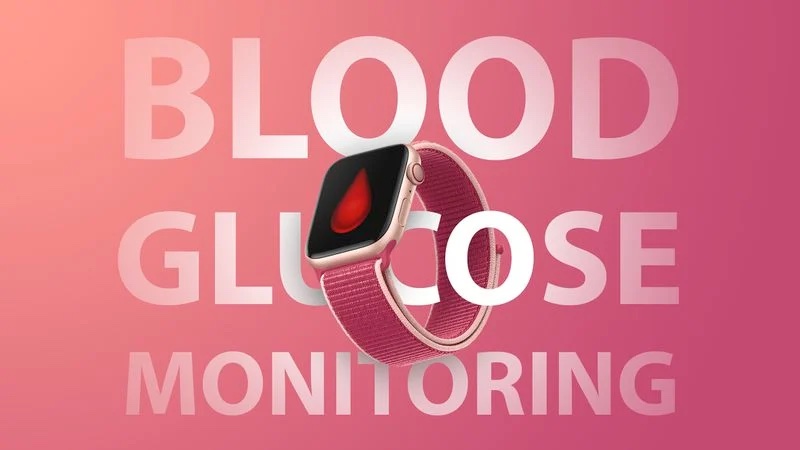

Apple’s patent titled “Electronic Devices with Body Composition Analysis Circuitry” describes a device like an iPhone that has can perform such scans and then depending on the results, provide “targeted content” that is of “the benefit of users”. The patent explains that users’ “demographic information” can come from a “dedicated body composition analysis questionnaire” or “as part of some other health-related application”. The patent furtherreads “a model can be trained to predict fat percentage in the face and the neck. Data collected during the user study may serve as training data for training the model”.(Apple Insider, Gizmodo, Scribd)
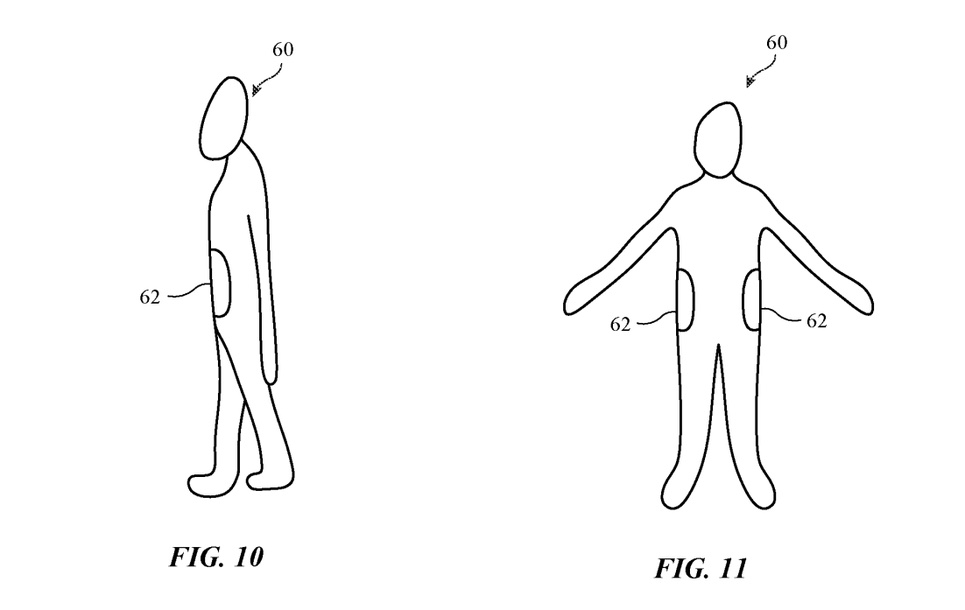

Xiaomi has unveiled a solid-state battery technology. The advantages of the technology include energy density exceeds 1000Wh/L, discharge performance at low temperatures increases by 20%; and success rate against mechanical shocks (needle insertion test) increases significantly. Solid-state batteries have an energy density that is two to three times higher than that of silicon oxide materials due to their greater storage capacity. This battery technology still has a long way to go before it can be mass produced.(GizChina, XiaomiUI, Sina, ZOL, EET-China)
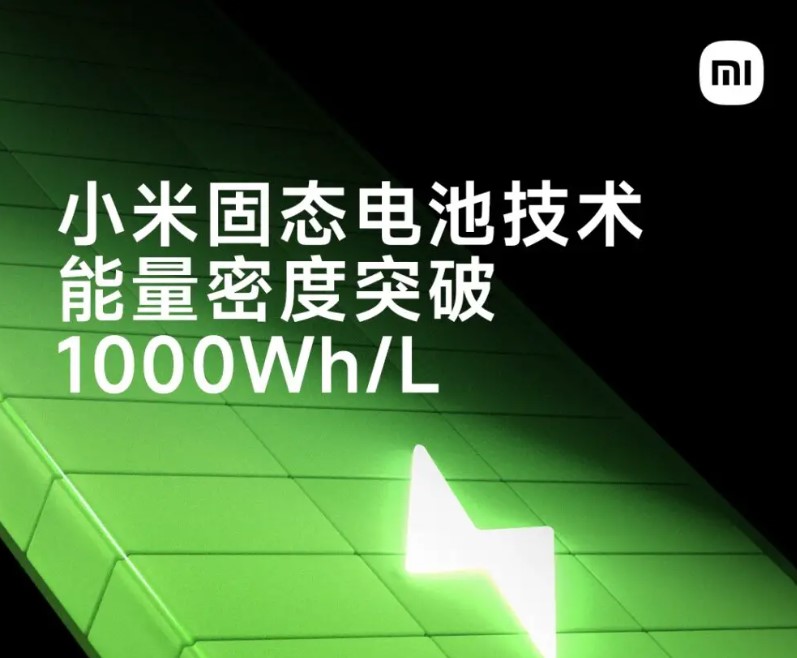
Redmi has showcased a new 300W fast charging. It takes just over 2 minutes to take a phone with a 4,100mAh battery from empty to a 50% charge. The 300W demo featured a Redmi Note 12 Pro+ modified with a 4,100mAh battery, which is a little smaller than the 4,300mAh in the 210W Redmi Note 12 Discovery Edition.(Liliputing, Playfuldroid, Engadget)
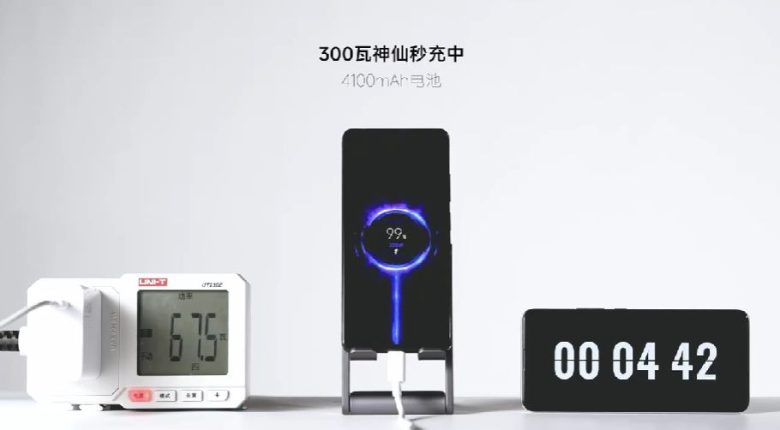
Tesla CEO Elon Musk has revealed the third part of Tesla’s “Master Plan”, in which the company will lead the global effort to eliminate fossil fuels and convert the world to sustainable energy. Master Plan 3 includes adding renewable power to the existing grid, producing more electric vehicles, installing heat pumps in homes and buildings, using high-temperature heat delivery and hydrogen for industrial applications, and building sustainably fueled planes and boats. Musk’s plan is to create “a sustainable energy civilization”. Tesla projects it will take USD10T in investments to bring about this sustainable future powered by renewable energy. A big part of achieving that vision involves expanding the world’s energy storage capacity by up to 240TWh.(CN Beta, The Verge, Forbes, Investing)
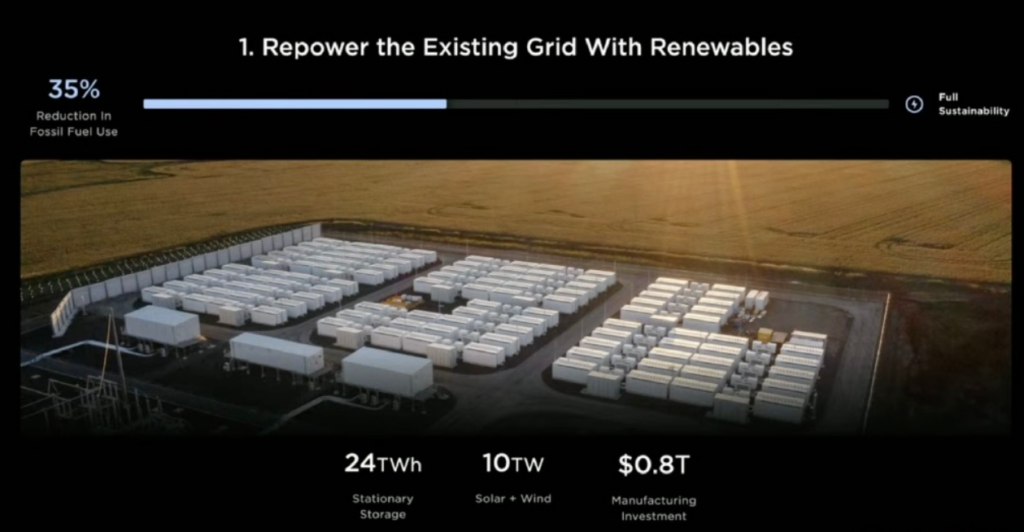
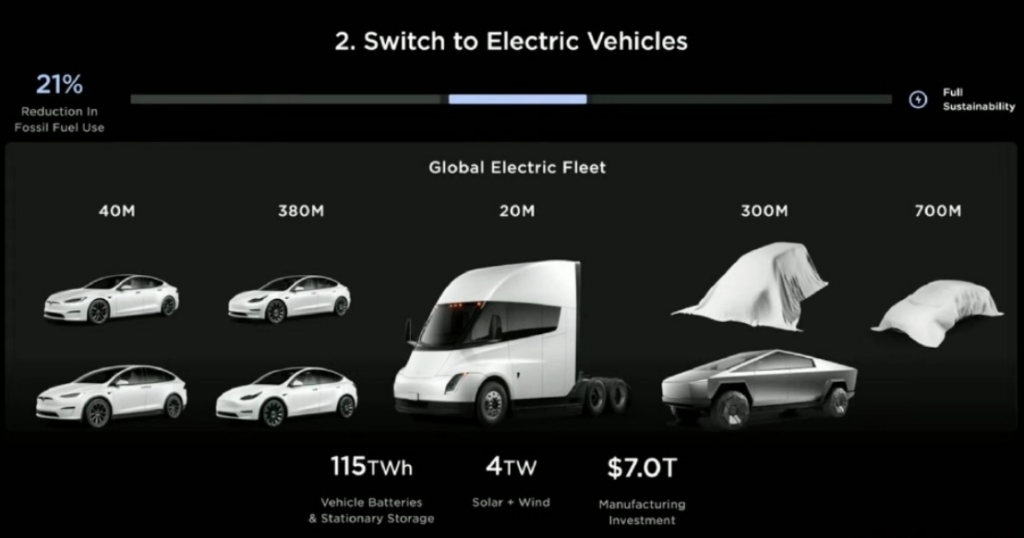
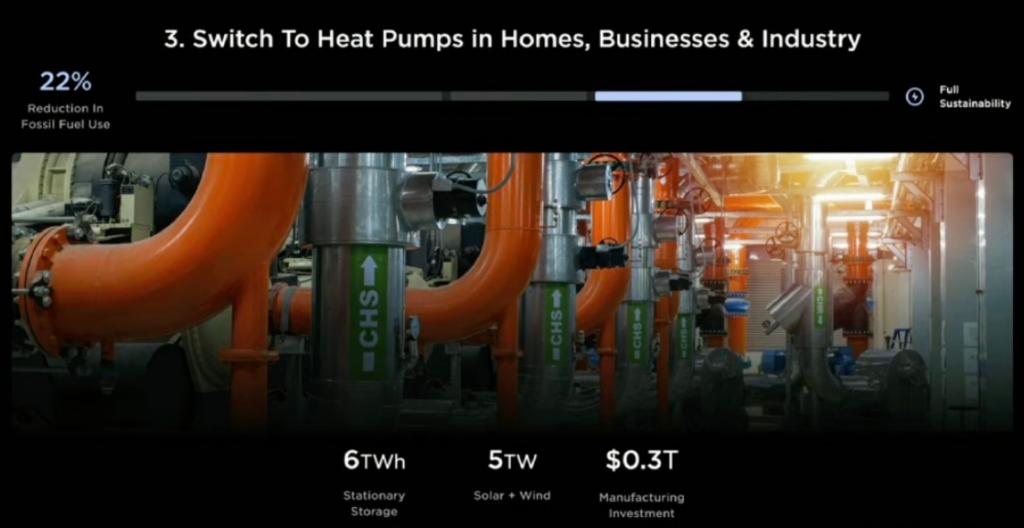
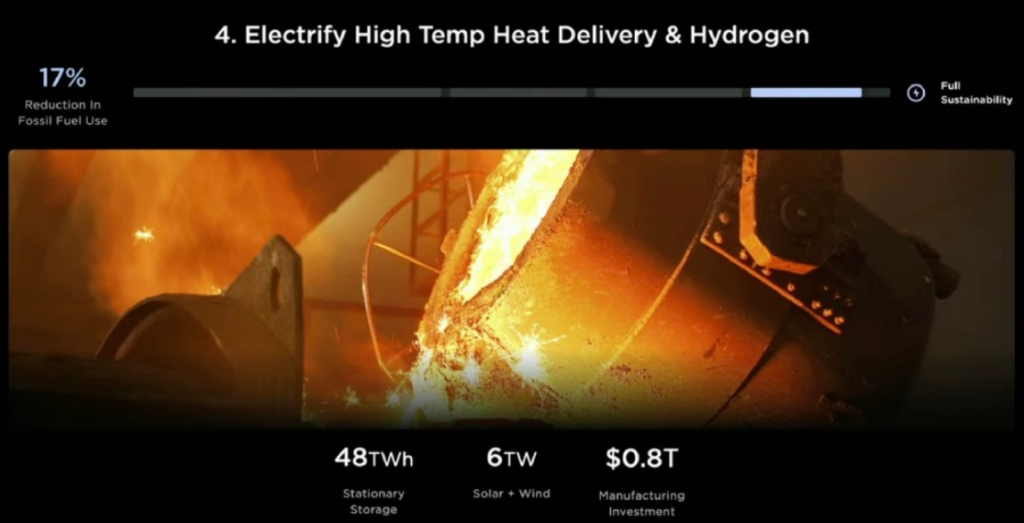
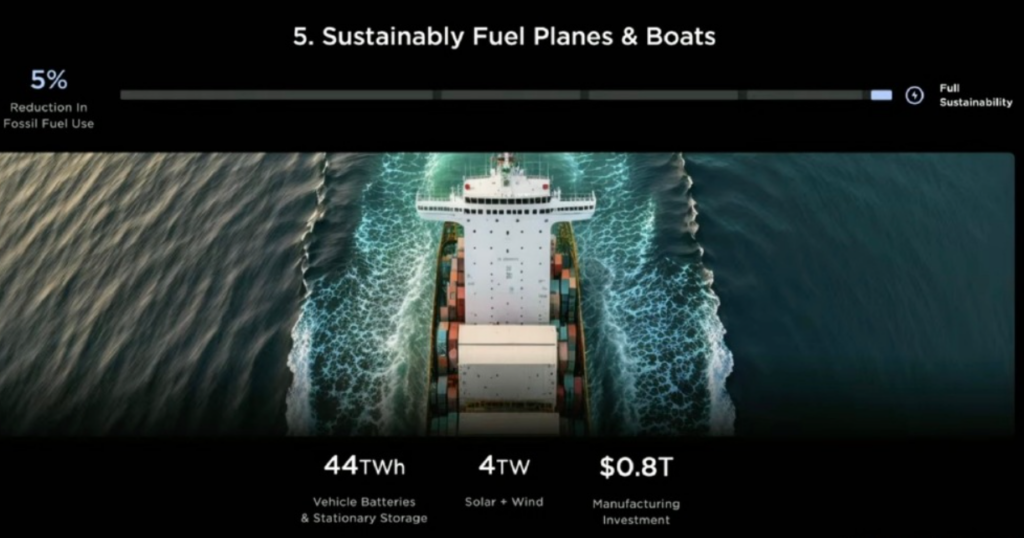

SpaceX has been launching the first-generation Starlink satellites in batches of around 60, but for the first launch of the upgraded satellites it sent up 21. The Federal Communications Commission (FCC) gave SpaceX permission in Dec 2022 to begin launching up to 7,500 of the newer Starlink satellites, though eventually, the company wants to send as many as 30,000 into orbit. Since 2019, SpaceX has launched almost 4,000 satellites for the provision of high-speed internet to more than 1 million customers globally, most of which are households.(Digital Trends, Twitter)
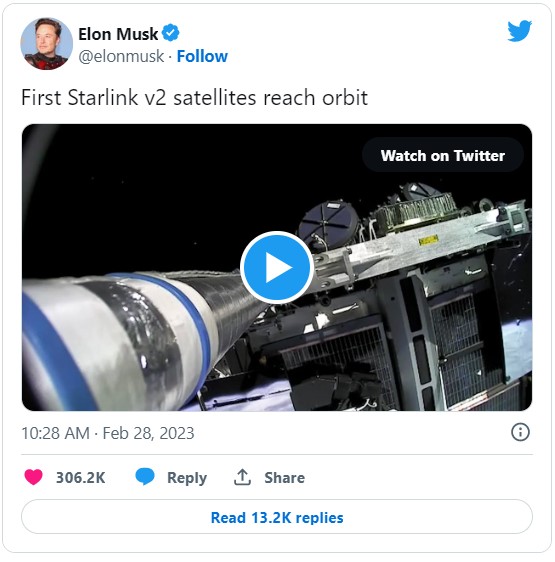

Apple has announced a new effort to support improved water, sanitation, and hygiene outcomes in India. In partnership with environmental NGO Frank Water, Apple is supporting the development of an innovative, scalable approach that strengthens local water management and decision making, and expands equitable access to water quality data.(Apple Insider, Apple)
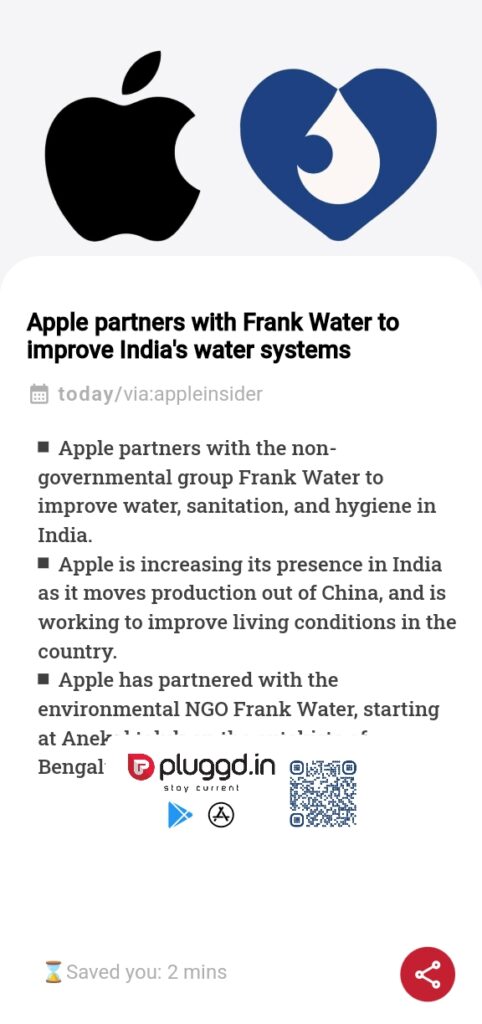
Apple’s partner Foxconn Technology Group allegedly plans to invest about USD700M on a new plant in India to ramp up local production. Foxconn plans to build the plant to make iPhone parts on a 300-acre site close to the airport in Bengaluru, the capital of the southern Indian state of Karnataka. The factory may also assemble Apple’s handsets. (Apple Insider, Twitter, Bloomberg)
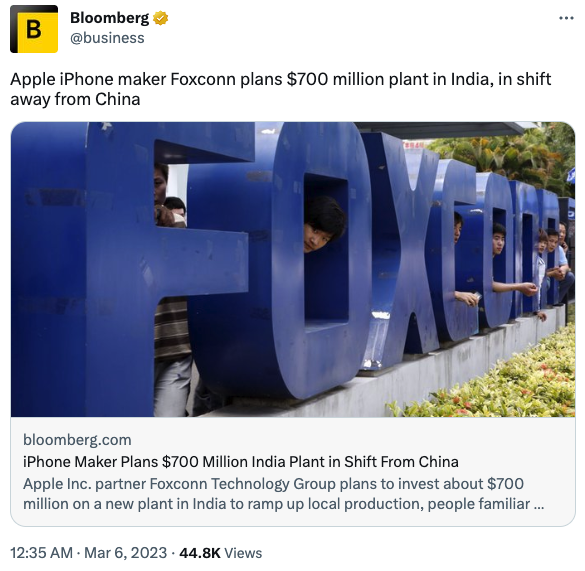
Apple has announced it will invest an additional EUR1B in German engineering over the next 6 years as part of its Silicon Design Centre expansion in central Munich. This is on top of the company’s previous EUR1B investment commitment from 2021, when Apple established Munich as the headquarters to its new European Silicon Design Centre.(Apple Insider, Apple)

Apple’s leading electronics contract manufacturer Foxconn Technology Group is expanding its presence in Zhengzhou, the central Chinese city that is home to the world’s largest iPhone plant, after efforts by government officials to convince the Taiwanese assembler to keep its local operations. Foxconn, formally known as Hon Hai Precision Industry, has leased a 293-acre plot in the Zhengzhou Comprehensive Bonded Zone for around CNY197M (USD28M). The company plans to build smart warehouses at the new site, which is rented from Zhengzhou’s natural resources and planning bureau and other local authorities through the firm’s subsidiary Hongfujin Precision Electronics (Zhengzhou) Co. (SCMP, Apple Insider, CN Beta)
According to IDC’s forecast, shipments of smartphones will decline 1.1% in 2023 to 1.19B units, down from the 2.8% growth in the prior forecast as market continues to suffer from weak demand and ongoing macroeconomic challenges. Real market recovery is not expected to occur until 2024, when IDC expects 5.9% YoY growth followed by low single-digit growth leading to a five-year compound annual growth rate (CAGR) of 2.6%. Market momentum also continues to build around foldable phones as the segment is expected to grow to nearly 22M units in 2023 – a 50% increase while the overall market contracts. (Neowin, IDC)

Huawei allegedly plans to sell its mobile phone business. Huawei has denied media reports that it would sell its smartphone business while highlighting that it will continue to beef up investment in the phones and build up its high-end brands. (CN Beta, Sina, 163.com, China Daily, Huawei Central)

The global desktop and mobile workstation market began 2022 with strong momentum but ultimately faced saturation and economic realities near the year’s end. Unit shipments in the 4Q22shrank 22.2% compared to a year ago as IT device spending slowed amidst economic concerns and fulfillment of backlogged orders, according to IDC. For the entire year, the market still managed to achieve a shipment record of nearly 7.7M units, growing 2.1% and surpassing the previous record of 7.5M set in 2021. Unlike the year prior, which saw unprecedented mobile workstation adoption due to work from home, the gains in 2022 came from the return to office momentum that sparked a desktop workstation recovery while the mobile side was flat. Nonetheless, one permanent change wrought by COVID-19 is that IDC expects the mobile form factor to be the dominant device going forward in markets where hybrid work has taken root. (IDC, Neowin)
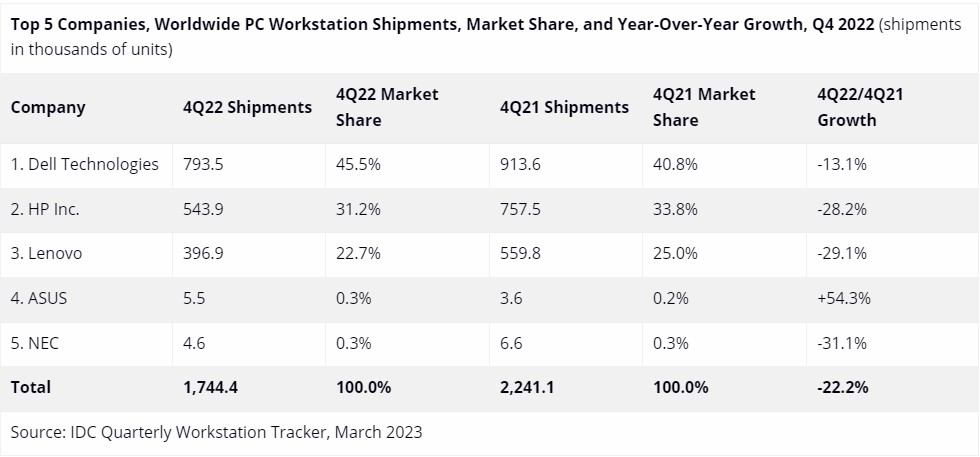
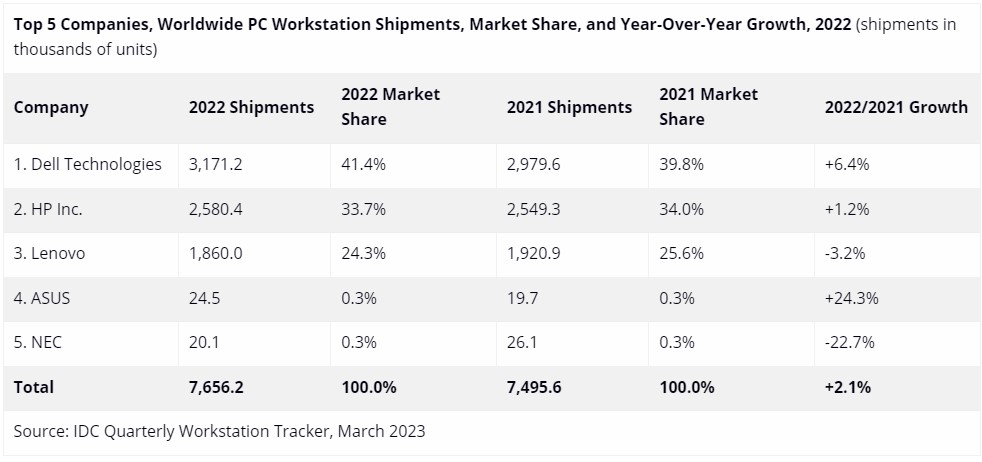
Microsoft has announced new partnerships and initiatives for 46 Least Developed Countries (LDC). The tech giant will partner up with Africa’s biggest independent fiber network, Liquid Intelligent Technologies, to extend internet coverage to an additional 20M people in Africa by 2025. The partnership is part of Microsoft’s Airband initiative. It aims to bring high-speed internet connectivity to unconnected communities around the world. The agreement will bring high-speed internet access to underserved areas including LDCs such as the Democratic Republic of the Congo and Zambia.(Neowin, Microsoft)
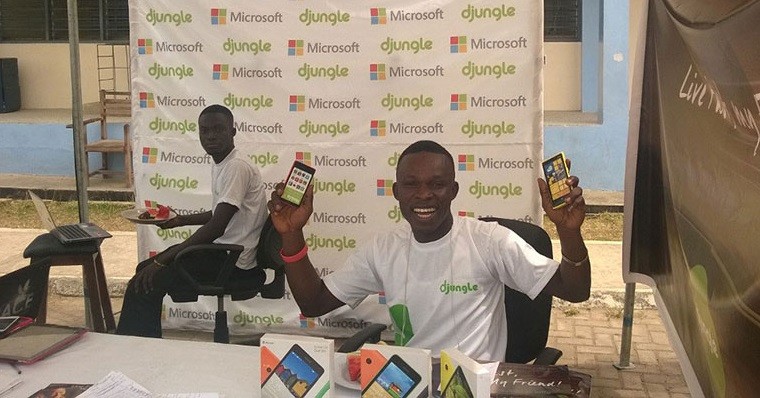

The bill of materials (BoM) cost of the LTE-capable Google Pixel Watch is estimated to be USD123, according to a BoM analysis by Counterpoint Research. Samsung not only provides the highly integrated main chipset but also supplies the LTE transceiver and other paired components, collectively accounting for around 20% of the total BoM cost. BOE, which is the exclusive supplier of the smartwatch’s custom 1.2” -diameter OLED display, captures over 14% of the total BoM cost to rank second in terms of cost contribution. (Counterpoint Research, Android Authority)
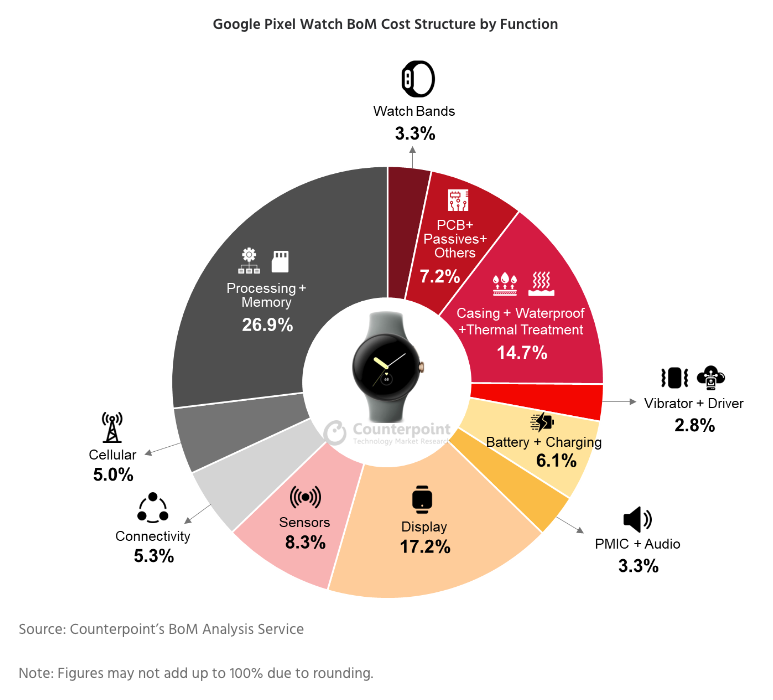
Xiaomi may be planning to release a Wear OS 3 watch with full Play Store access in 2023. The watch will use the Xiaomi Watch branding and the Mi Fitness (Xiaomi Wear) Android app to sync data with a smartphone. Xiaomi currently has two distinct lineups of wearables: It develops its own Xiaomi Watch series with the MIUI OS and outsources its more sporty bands to Huami, a public company funded by Xiaomi that also produces the popular budget Amazfit trackers.(Android Central, 9to5Google)

Meta plans to release its first pair of smart glasses with a display in 2025 alongside a neural interface smartwatch designed to control them. Meta has sold nearly 20M Quest headsets to date, according to Mark Rabkin, the company’s vice president for VR. Alex Himel, the company’s vice president for AR, laid out the plan for a bevy of devices through 2027. In 2025, Himel said the third generation of the smart glasses will ship with a display that he called a “viewfinder” for viewing incoming text messages, scanning QR codes, and translating text from another language in real time. The glasses will come with a “neural interface” band that allows the wearer to control the glasses through hand movements, such as swiping fingers on an imaginary D-pad. Eventually, he said the band will let the wearer use a virtual keyboard and type at the same words per minute as what mobile phones allow.(Engadget, The Verge)


Volkswagen has introduced a second-generation ID.3 that addresses criticisms of the first model. The new compact car offers a “sharper” design with improved aerodynamics and a higher-quality (and heavily recycled) interior. More importantly, VW has upgraded the technology — including its software, which garnered a long list of complaints from drivers. The second-gen ID.3 includes the “latest software”, with a simpler layout, better performance and over-the-air updates. The 12” infotainment display is now standard. The new ID.3 uses the same 201HP motor system and battery options as before. That nets up to 265 miles of range (using the WLTP testing method) with the base 58kWh battery and 339 miles with the 77kWh pack.(Engadget, Volkswagen)


OpenAI has announced that ChatGPT and Whisper are available to developers through its APIs. OpenAI made available developer APIs for its popular ChatGPT and Whisper AI models, allowing app developers to extend their apps’ abilities with OpenAI technology. An API (application programming interface) is a set of protocols that allows different computer programs to communicate with each other. The usage fee for integrating the models into their apps is based on usage. OpenAI has released an API for Whisper, the speech-to-text model the AI research company open-sourced in Sept 2022. The API is accompanied by ChatGPT, which generates coherent text in many styles. Whisper can help transcribe spoken audio into text. (TechCrunch, GSM Arena, OpenAI, Fonearena)
